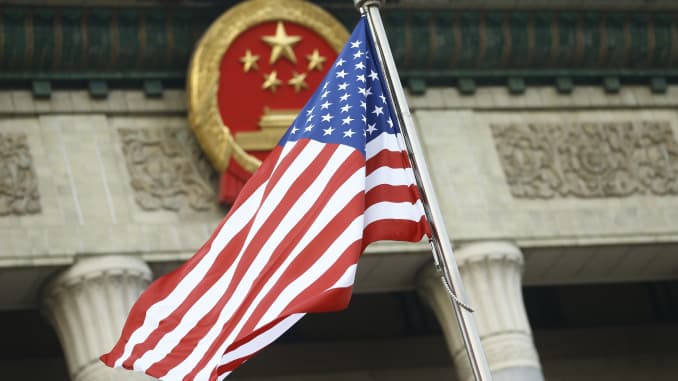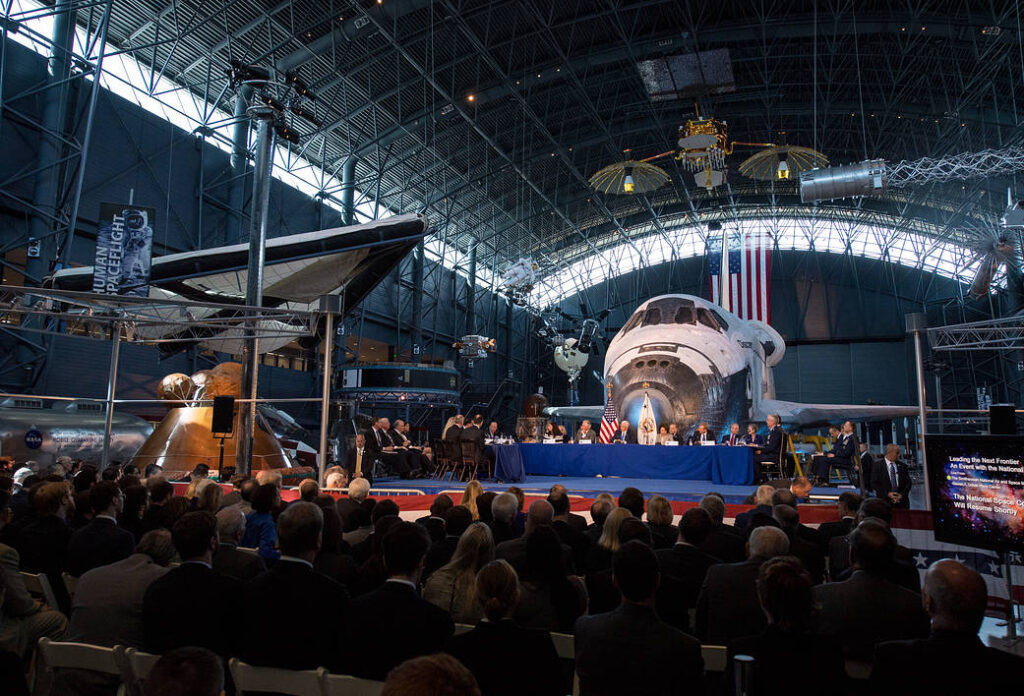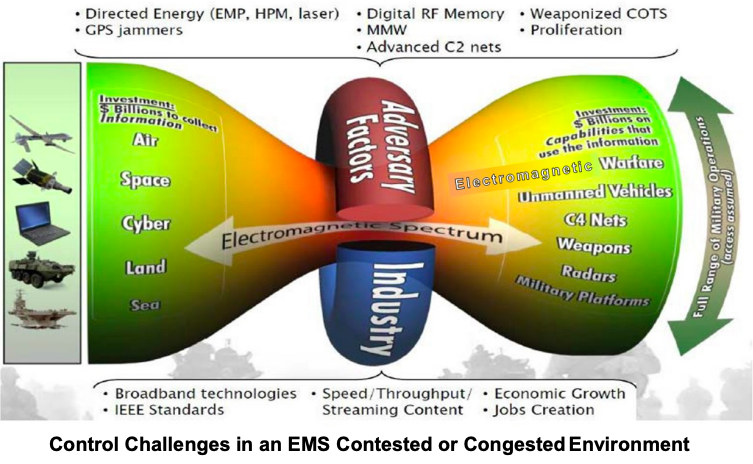SHRUTI SHARMA
Infectious diseases such as COVID-19, the disease caused by the novel coronavirus; severe acute respiratory syndrome (SARS); Middle East respiratory syndrome (MERS); and the diseases caused by the Ebola, Nipah, and Zika viruses have exposed countries’ susceptibility to naturally occurring biological threats. Even though scientists from multiple countries concluded that the virus responsible for the coronavirus pandemic shifted naturally from an animal source to a human host,1 the international community should not ignore the possibility of pathogens escaping accidentally from research labs and threats of deliberate manipulation to create more dangerous bioweapons.
India is especially vulnerable to such infections because of its geographical position, large population, low healthcare spending, minimal expenditure on research that benefits public health, weak coordination between central and state health authorities, limited involvement of private actors, poor awareness of biosecurity, and the rickety state of public health infrastructure. Most recently, COVID-19 has revealed the deep fault lines in India’s public health infrastructure, including a shortage of healthcare workers, lack of trained epidemiologists, scarcity of medical equipment, poor access to healthcare facilities in rural areas, and inefficient disease reporting and surveillance in most states. The pandemic should therefore be a wake-up call for India to assess gaps in its public health infrastructure and divert its resources toward the healthcare sector to prepare itself for both natural and man-made biological emergencies.
Like any country, India faces three major biological threats: naturally occurring infections in humans or animals, or agricultural infestations; infections arising from accidental release of pathogens into the environment; and possible outbreaks caused by deliberate weaponization of dangerous pathogens that affect humans, animals, or crops. These threats—either alone or together—will force India to strengthen its capacity to detect and respond to them.














